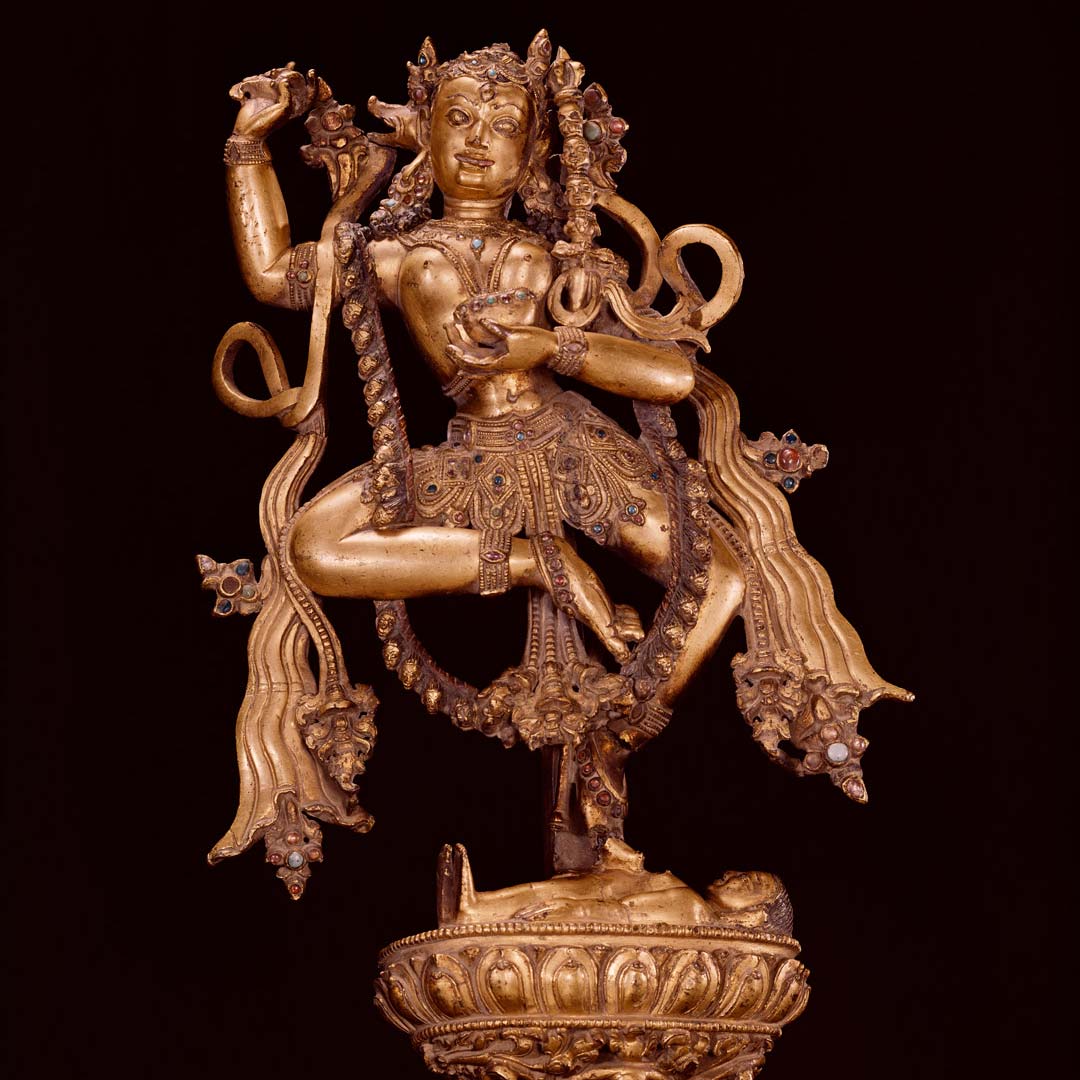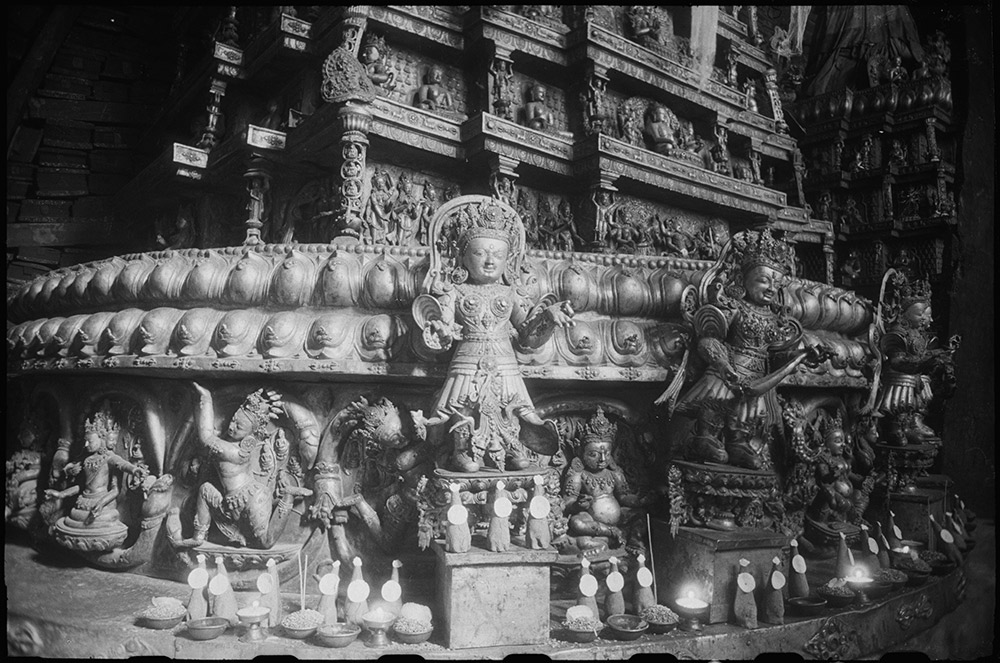
Vashya-Vajravarahi
late 14th to early 15th century, Gilded copper alloy with semi-precious stones, Tibet, Densatil monastery, 70.2

late 14th to early 15th century, Gilded copper alloy with semi-precious stones, Tibet, Densatil monastery, 70.2

